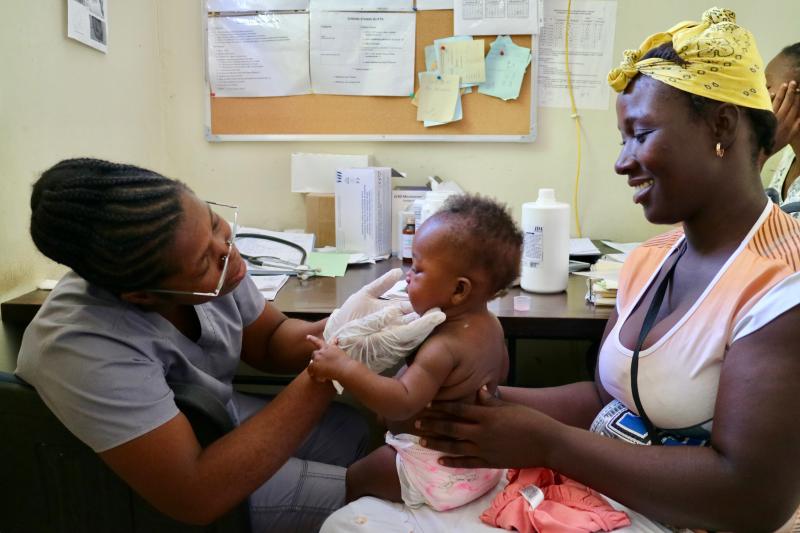Reducing maternal mortality in LMICs
News
Amsterdam, 4 August 2021 – IDA’s strategic long-term goals have defined targeting underserved markets as a key priority to have long-term impact toward the achievement of Universal Health Coverage. One of these underserved markets is maternal- and child-health, with the global maternal mortality rate as a major concern: 211 maternal deaths per 100,000 live births (UNICEF, 2019), with low-and middle-income countries suffering the greatest burden. The aim of the Sustainable Development Goals (SDGs) target 3.1 is to reduce the global maternal mortality rate to under 70 maternal deaths per 100,000 live births by 2030.
Post-partum hemorrhage (PPH) is the leading cause of maternal mortality worldwide. The most important cause of PPH is failure of the uterus to contract after childbirth. Currently, oxytocin is widely used to help the uterus regain its original shape and size after delivery of the child and the placenta. Oxytocin must be transported and stored at 2-8°C in order to maintain its quality. When the cold chain is not maintained, the quality of oxytocin can drastically drop. According to research, especially in low- and middle-income countries, with often warmer and more humid climates, the quality of oxytocin is not optimal.
IDA Foundation has partnered with Ferring Pharmaceuticals, who have developed heat-stable carbetocin (HSC), a product that can reduce the risk of PPH. HSC is more resistant against higher temperatures and increased humidity compared to oxytocin, making it very suitable for use in low- and middle-income countries. HSC is now being used in clinical practice for the first time in healthcare settings in India - with more LMICs following soon. HSC is now available for order from IDA's maternal health portfolio. For more information on this product please see our Product Indicator, or reach out to your IDA representative.
You can read the Ferring news release here.
For more information on our approach to maternal- and child-health please visit this page.

